
Wetlands Habitats – Yukon Wildlife Preserve
13 minute read –
The Yukon Wildlife Preserve features eleven iconic northern animal species, but if you look closely at each of the three primary habitats on the Preserve you’ll see many more species than “only” eleven. The three primary habitats include: grasslands, wetlands and mountain slopes. Each of these habitat types support animal and plant species that have evolved together over millions of years resulting in communities where they all make a living and contribute different values to the continuing health of their specific habitat. In this three-part series we’ll review each habitat and examine the greater community it represents, continuing with wetlands.
Wetlands are a vital part of Earth’s ecosystems and contribute a number of essential benefits for the land and all the flora and fauna that live on it. At the most basic level, wetlands act as a filtering system to produce clean healthy water for creatures and plants to consume. Wetlands are also the preferred habitat for a wide variety of creatures that range from the smallest of insects to frogs and other amphibians all the way up to include North America’s largest deer species, the Moose, which seasonally depend on the aquatic plants that grow in wetlands for a large part of their diet.

Many other species have evolved to live in wetlands for the numerous benefits they provide in terms of maintaining a reliable food source, protection against predators and wildfires. Wetlands act as a buffer between larger bodies of water and dry land, these places are often called interface zones. These areas also act to prevent flooding of the land as they buffer rising lake and river water levels and reduce dramatic erosion and physical impacts to other habitats.
Again, look beyond our majestic megafauna moose, there’s so much diversity to see in the wetland habitat. Where there’s water, there’s usually waterfowl of many types, including Trumpeter Swans, Canada Geese, Common Loons and a wide assortment of ducks who may visit with us for a few days to rest and re-energize during their migrations to and from their summer ranges each year. Some bird pairs may decide to remain and raise a family at the Preserve, so ducklings and goslings paddling behind mom is a common sight over the summer.
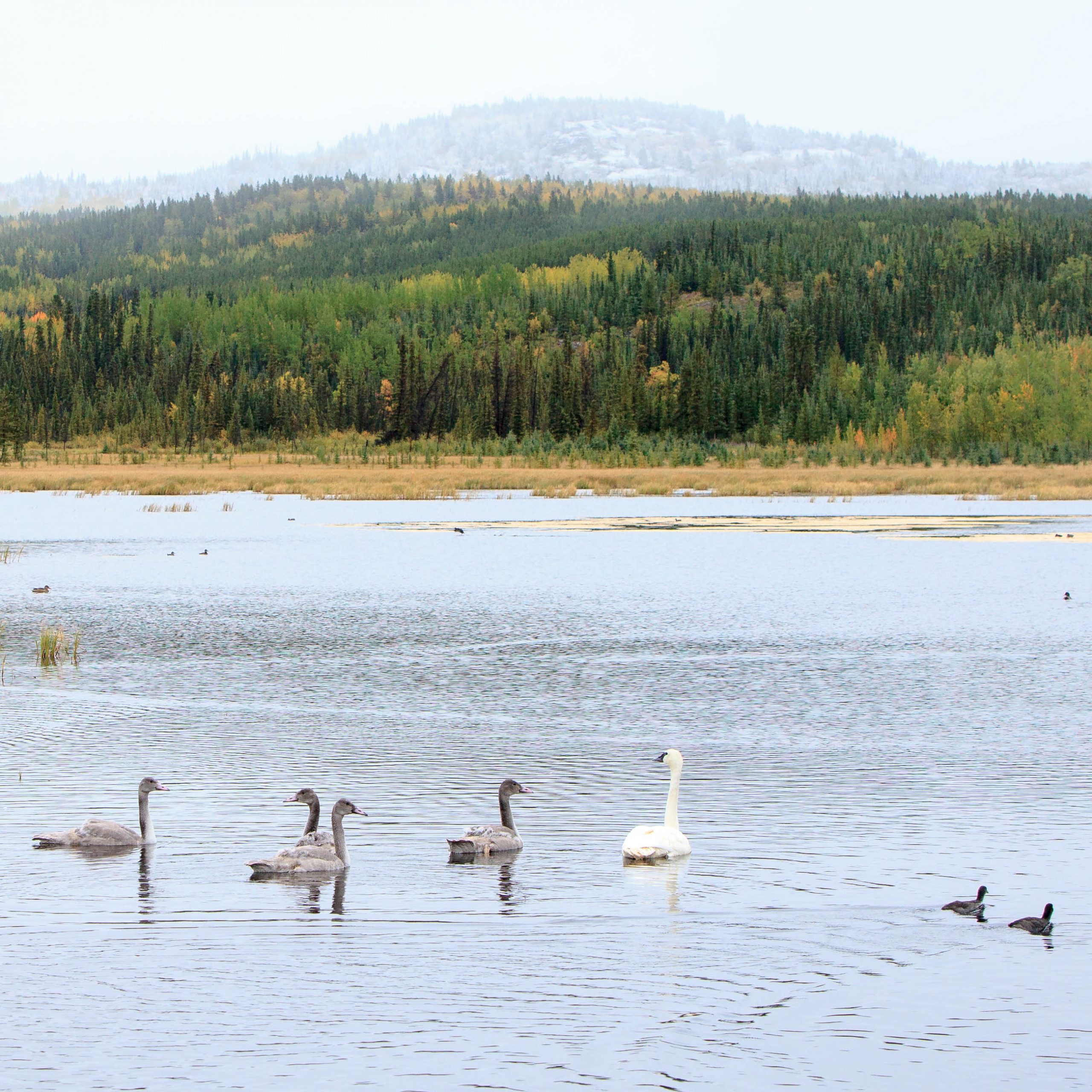
You also will see the many barn and tree swallows gathering on the wire fence taking a break before returning to their stunt flying in pursuit of flying insects. Numerous warbler and finch species and our non-migratory chickadees, red polls and sparrows are but a few you’ll have a chance to observe. Blue birds fly over both the grassland and marsh habitats in search of food, as do small hawks like the Sharp Shinned, Sparrow Hawks, Harriers, and an occasional Screech Owl. Of course there are the varieties of gulls that spend the summer season inland and do a terrific job of keeping edible waste items in check.
The wetlands are abundant with insects and rodents making these areas diversely populated. Bald eagles often hunt ducks on the marsh and when they do, things happen very fast. The eagle will silently glide in over the fence and drop down to about a meter above the water using the air currents to avoid flapping wings and alarming any ducks in view. A successful capture is frequently announced by the rest of the duck flock quacking and taking to the air in a loud blusterous effort. Foxes and lynx also hunt the bird population in the marsh. They are often seen trotting quickly among the long grasses searching for duck nests from which they may steal an egg or hatchling to take back to hungry young kits waiting in their den. While they don’t particularly enjoy it, lynx can be accomplished swimmers and are sometimes found in the water in pursuit of ducks.
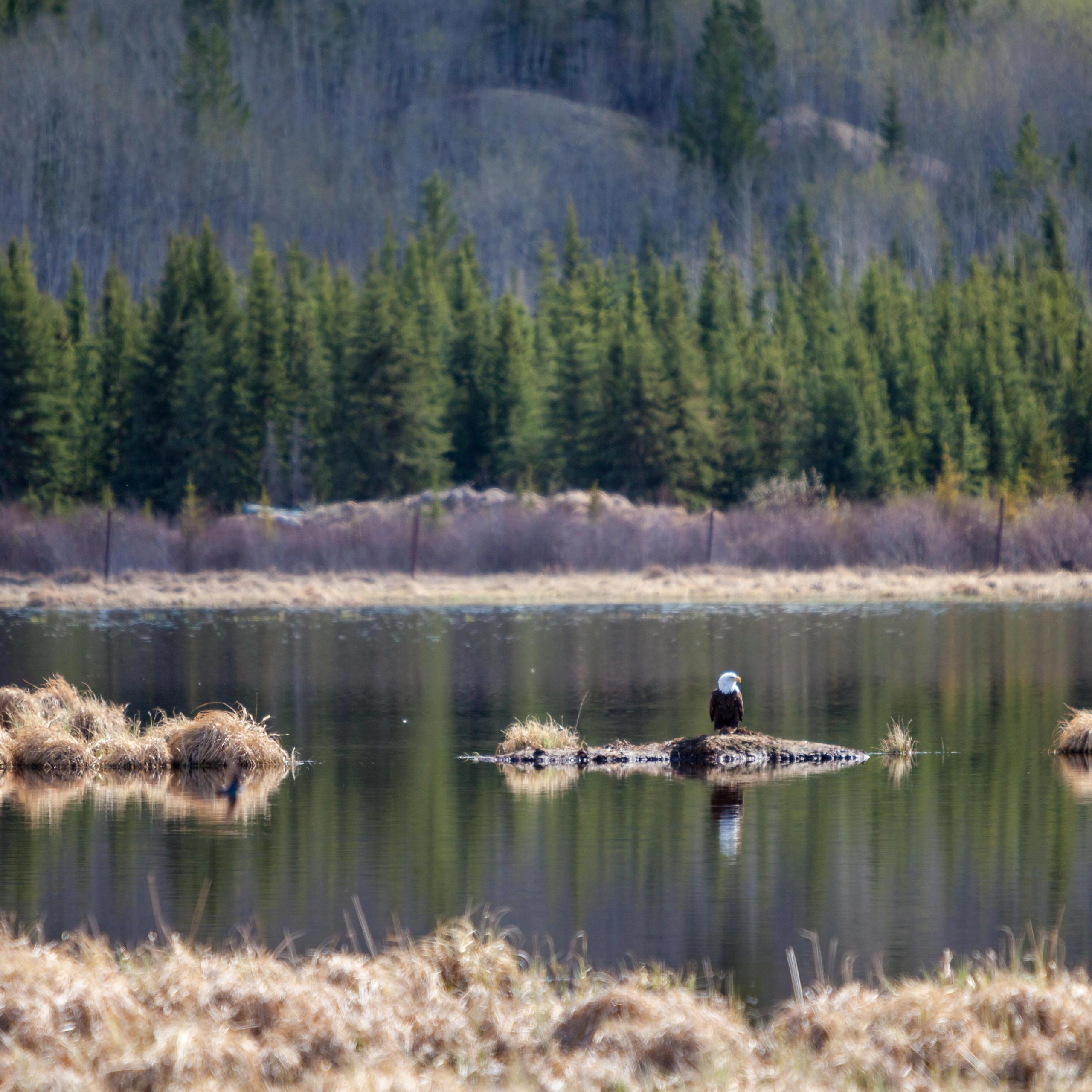
Keep a keen eye out in the marsh for muskrats that are infrequently observed swimming or grooming on a frost heave. There are no known beavers in the Preserve marsh, if you do see a large swimming creature it is probably a muskrat.
The marsh, and waters draining from it, are home to tadpoles, which become frogs, who also consume their fair share of a wide variety of insects. Examples include: water boatmen, beetles, mayflies, scuds (a small shrimp-like bug), caddis flies, blood worms, leeches and the most voluminous populace of them all – mosquitos. These insects are the beginning of the food chain which supports the many thousands of creatures in existence today, and some have been around for a very, very long time.
One of the Preserve’s apex insects is perhaps the most vicious predator on the property: The Dragonfly. These remarkable insects reached their evolutionary peak before the dinosaurs roamed the planet, and since that time they have changed very little because they have attained top status in their portion of the insect world and dominate. However, some believe the dragonfly’s life cycle is unbalanced and are being punished for something.
You see, dragonflies start their lives hatching from eggs underwater to begin their larval stage, when they are known as nymphs or naiads, During this part of their lives in the mud under the water they are voracious hunters and will attack other insects many times larger than themselves, they even hunt tadpoles and small fish. They eat all they can catch and grow larger and stronger. Here’s the part thought to be unfair.
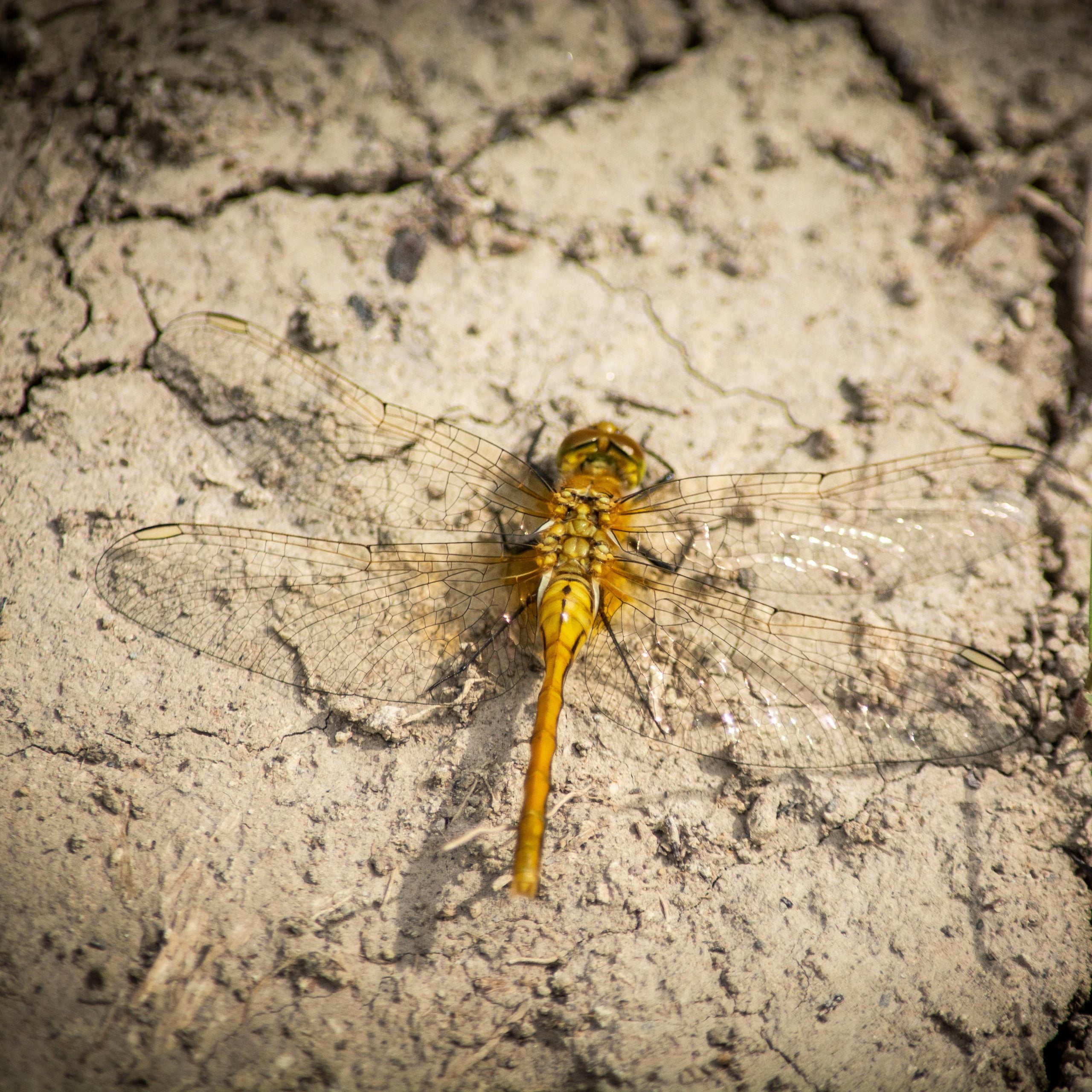
Photo of dragonfly taken during the 2020 Yukon Biodiversity Bioblitz, held at Yukon Wildlife Preserve
Dragonflies live underwater as these top predators for up to three years for some species. Then, one warm sunny day they climb up a stalk of grass out of the water and begin a remarkable transformation from a ferocious water bug, into an adult to become one of the most accomplished fliers on this earth, The sad part perceived as punishment is that the adult dragonfly only lives for about three days before it mates and perishes according to Nature’s plan. Three years underwater living and fighting in the mud and only three days as an accomplished and dazzling flier, then, it’s life cycle completes, it perishes, it’s all done – it does seem unfair.
The winter season brings profound change to the marsh. Many of the summer residents have either migrated south or have found warm shelter for the winter months. Of course the water freezes creating a barrier between those that live under the surface and those that live above. Insects continue to grow, eat and thrive under the water, now much darker due to ice and snow blanketing the surface, blocking most of the sunlight. In winter moose, both in the wild and in the wetlands habitat at the Preserve, can no longer access the aquatic vegetation they enjoy so much and turn to other vegetation to support them. Alas, winter also impacts the vegetation that grows above the water and since moose are also very efficient browsers, they adapt in winter by browsing more of the plant than the tender bits at the ends of the branches they consume in the summer. Look at the bushes near the fence line in the moose habitat to see how well cropped they become over the winter season.
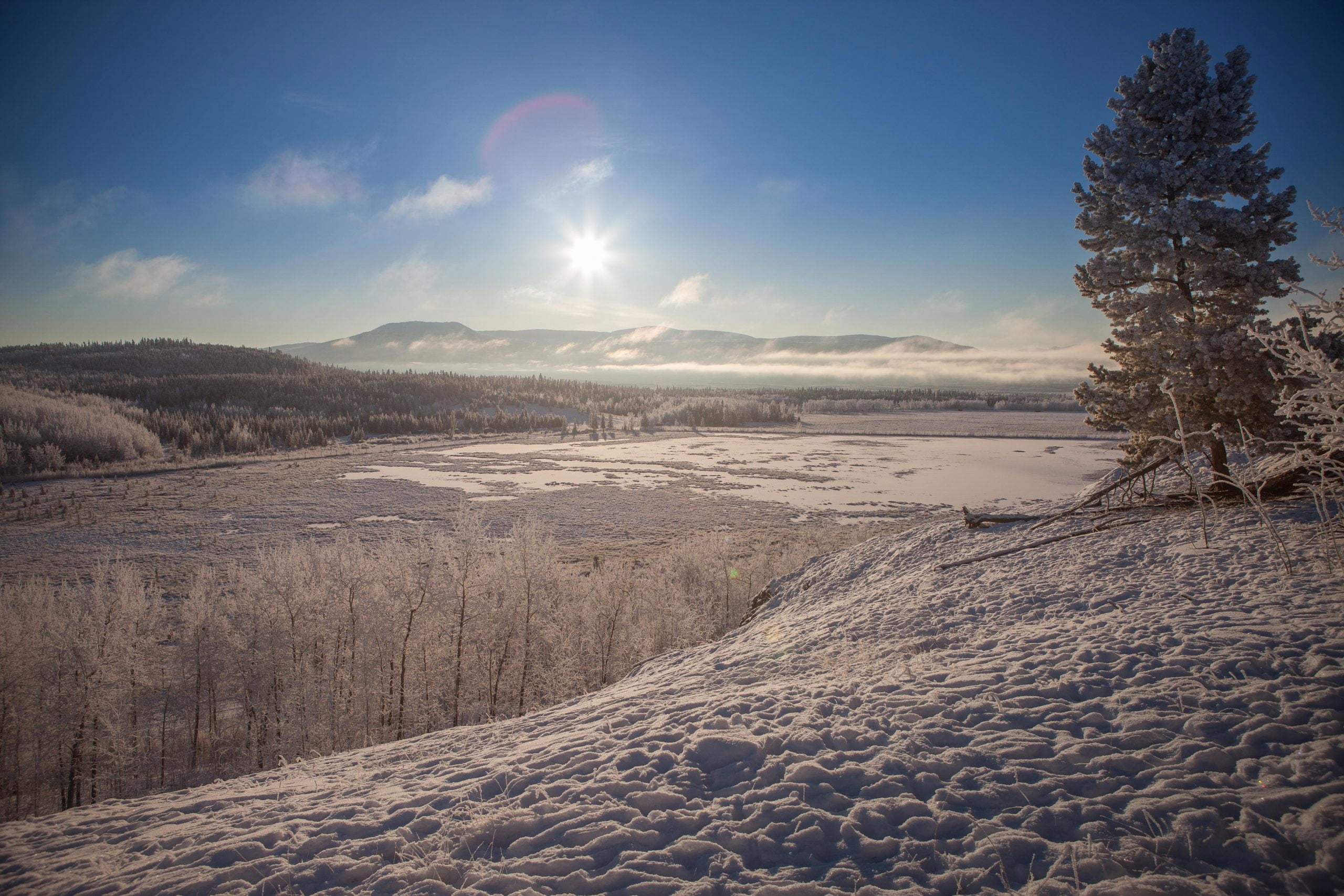
No water due to freezing temperatures means no waterfowl as they all migrated south before the cold weather arrived. This is also true of the many songbirds and migratory raptors who raised families throughout spring and summer. Mice and some other rodents adapt to the seasonal change similar to the rodents in the grasslands – they create tunnels to travel in, stockpile food in middens and raise their families. Just because it is winter does not mean they stop breeding and producing offspring.
The predator species that depend on the mice and voles in the marsh change their hunting strategies as well when the land is frozen with a layer of snow above. Foxes are often seen leaping into the air to pounce on their lunch the same as they do in the grass pastures. The wild foxes on the Preserve move from habitat to habitat many times a day as they patrol in search of food, which is much harder to find and capture during the winter season. Winter is obviously a greater challenge as ground squirrels are hibernating, small birds have moved away and snow cover impedes easy mouse hunting.
Moose will avoid the frozen ice of the marsh during freeze up and the spring melt so that they do not break through and become stuck in the mud just a short distance below this thinner ice, which can become quite sharp and injure their legs as they struggle to climb out. Therefore, they stay closer to the fence, and terra firma, for easy and safe walking.
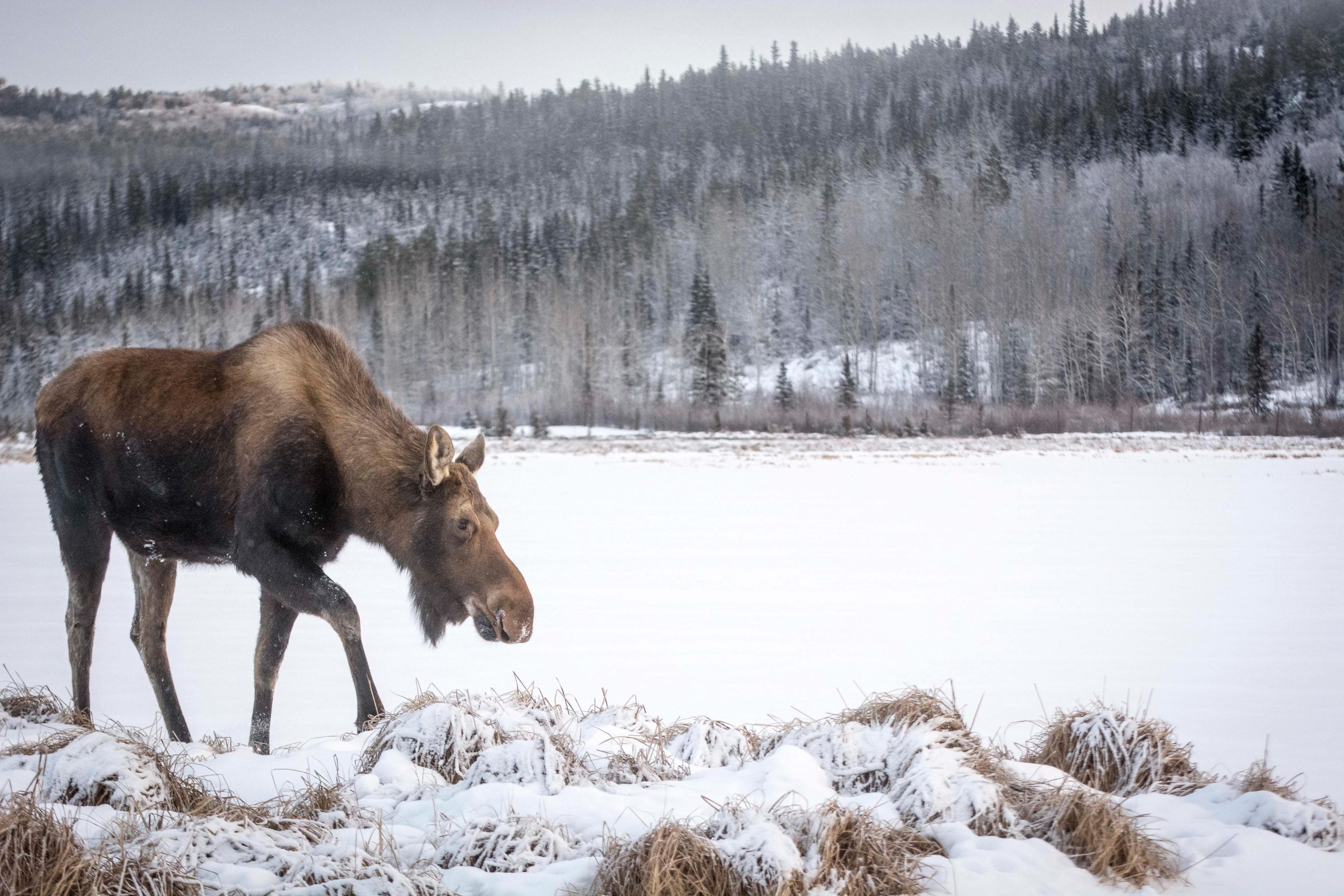
The return of the spring sun, the resulting longer, warmer days and the melting of the ice and snow announce a new season for all the creatures that make a living in the wetlands. The changes occur quickly as creatures work hard to make the most of the warmer weather, as they have a lot to do in a short period of time. Some years there are only about 140 ice-free days between spring thaw and winter freeze up. Thankfully the days are longer allowing for more to be done beneath the Midnight Sun.
If they don’t already have one or if they are just reaching reproductive maturity, many animals will need to find a mate; also they must find or build a place to raise a family then nurture and care for their offspring until they are independent and know how to sustain themselves.
Some creatures must learn how to fly after they have grown flight feathers. All will need to learn how to acquire food, which means some will have to learn to hunt while others will need to learn to forage where the foods they require grow. All will need to learn what predators and similar dangers are and how best to avoid them.
It sometimes looks like an idyllic life to we humans, but in reality each day is a life and death challenge for wild creatures as they strive to reach maturity and have offspring of their own and the circle of life is completed.
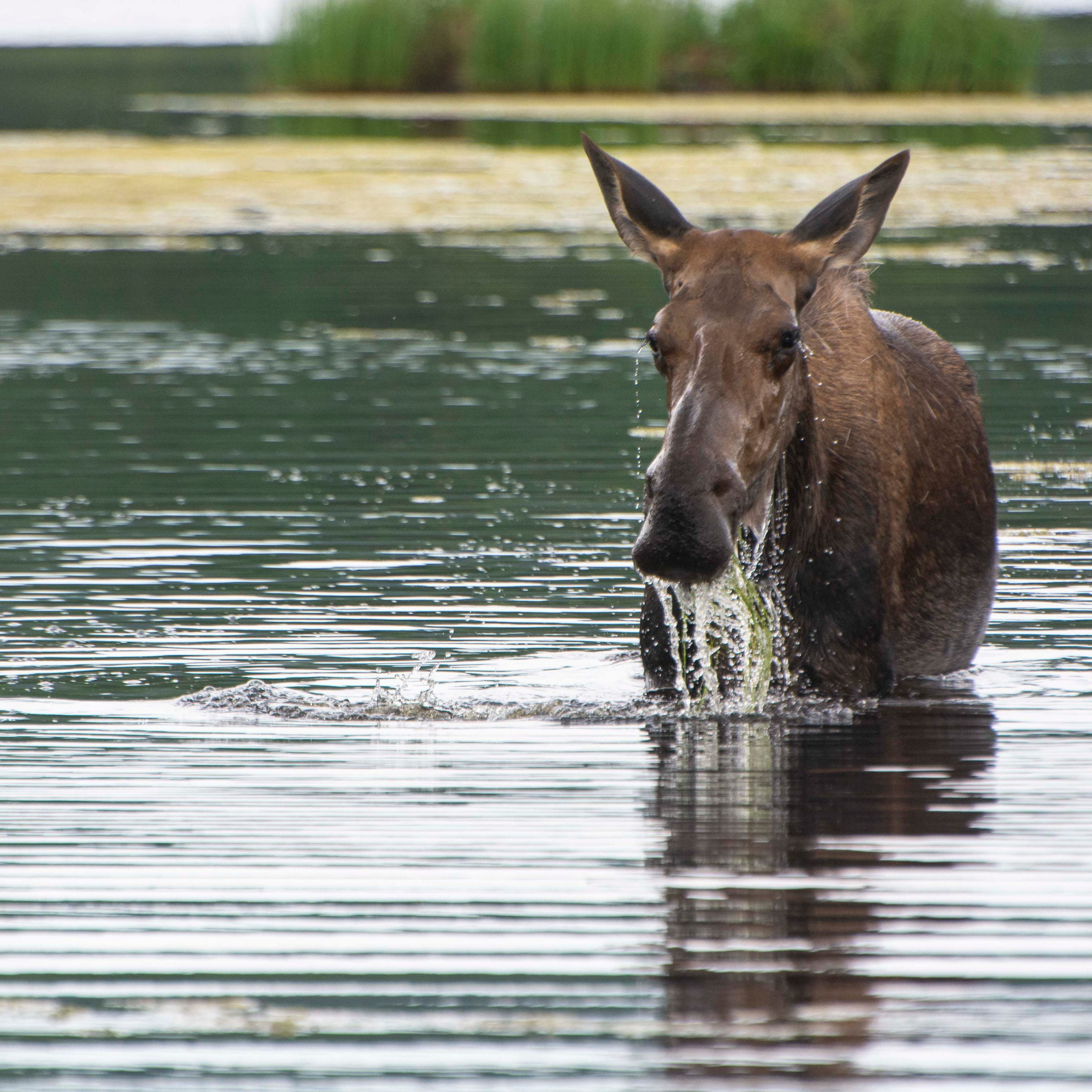

Doug Caldwell
Wildlife Interpreter
Doug is one of the Interpretive Wildlife Guides here at the Preserve. An avid angler and hunter he has a broad knowledge of Yukon’s wilderness and the creatures that live here. With a focus on the young visitors to the Preserve, Doug takes the extra time to help our guests to better appreciate the many wonders of the animal kingdom here in the Yukon.

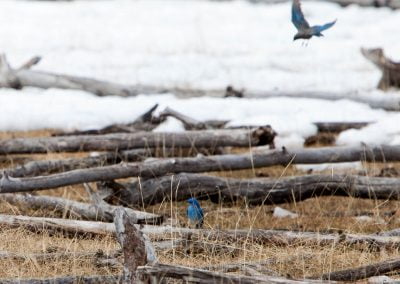
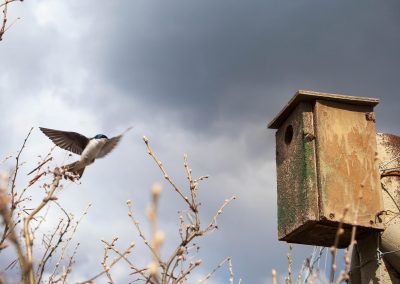
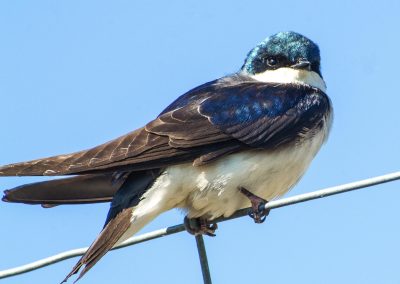
0 Comments